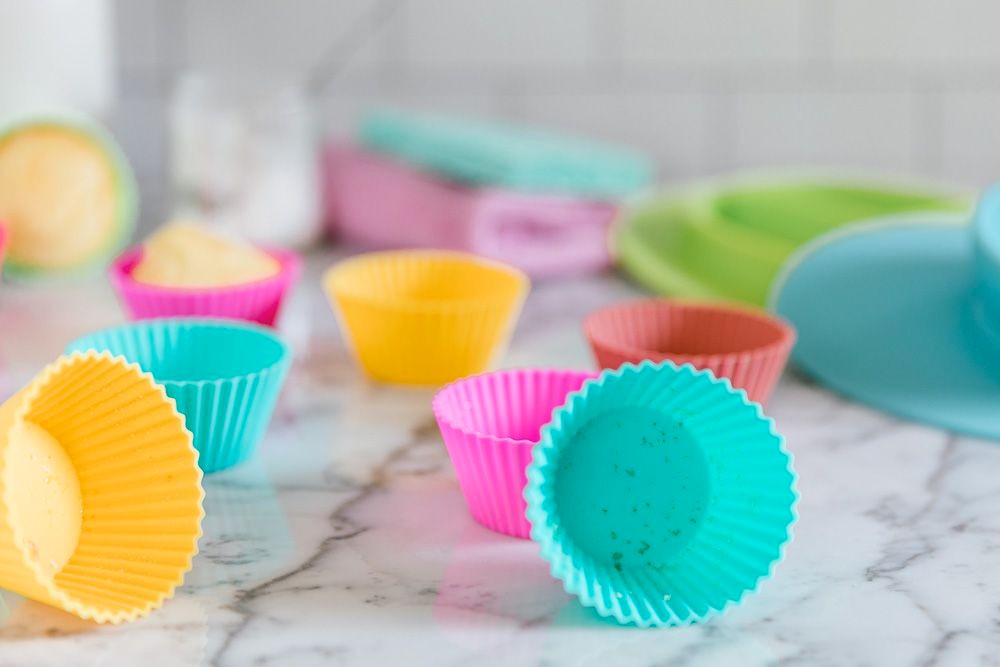
If you use silicone tools, it’s important to clean them properly to maintain the longevity of the tool. Here are some tips for cleaning silicone tools: Wipe down the tool with a damp cloth to remove any dust or debris. If the tool is dirty, use a mild soap and water mixture to clean it. Be sure to rinse it off completely before using it again. If the silicone becomes tarnished, use a metal polish on a soft cloth to restore its shine.
How to maintain your silicone toolkit
Keeping your silicone toolkit clean and in good condition is essential for its longevity. Here are a few tips to help you keep your tools in top condition: Always clean your tools after use. Silicone oil and sweat can build up on the surface of the tool, inhibiting its ability to slide smoothly. Use a mild soap and water solution to clean the tool. Be sure to rinse it well before storing it. Avoid storing your tools in harsh environments. Extreme heat or cold will also damage your tools. Keep them stored in a cool, dry place where they can be reached easily. Inspect your tools for wear and tear regularly. If you notice any signs of wear or tear, including fraying or cracks, replace the tool as soon as possible.
Tips for using silicone tools
Cleaning silicone tools is essential for preserving their lifespan and preventing build-up of debris that can damage the tool. To clean silicone molding tools, first remove any dirt or debris with a soft cloth. Wipe the tool down with a dry cloth to remove any residual moisture. Do not use harsh chemicals or abrasives to clean the tool, as this can damage the finish. There’s nothing quite like the feel of a well-maintained silicone toolkit in your toolbox. Here are some tips for keeping your tools performing at their best: Clean your tools immediately after use. Silicone is resistant to oils and grease, so it’s important to clean them as soon as possible after use to prevent build-up. Use a mild soap and warm water, or a specialized silicone cleaning agent. Protect your tools from moisture and heat. Silicone is heat-resistant up to 375 degrees Fahrenheit, but it’s still important to keep it away from extreme heat and moisture. Store your tools in a cool, dry place when not in use. Store your tools properly. Keep your tools organized and stored in a safe place so they’re available when you need them. Place the smallesttools near the front of the toolbox for quick access, and store larger tools at the back.
Silicone-based materials
If you are like most people, you probably have a drawer or cabinet full of tools that you use on a regular basis. But what about the tools you use only occasionally? Or the ones that you don’t actually use that often? If you don’t clean and maintain your silicone-based tools, they will start to accumulate build-up and eventually fail. Follow these tips to keep your tools in good condition: Keep your silicone tools clean. Clean them with warm water and a mild soap solution. Dry them off immediately after washing. Occasionally oil your silicone tools. This will help to prevent them from becoming brittle and prone to breaking. Use a light oil such as baby oil or vegetable oil. Do not use petroleum-based oils, as they can damage the materials used in silicone tools.






